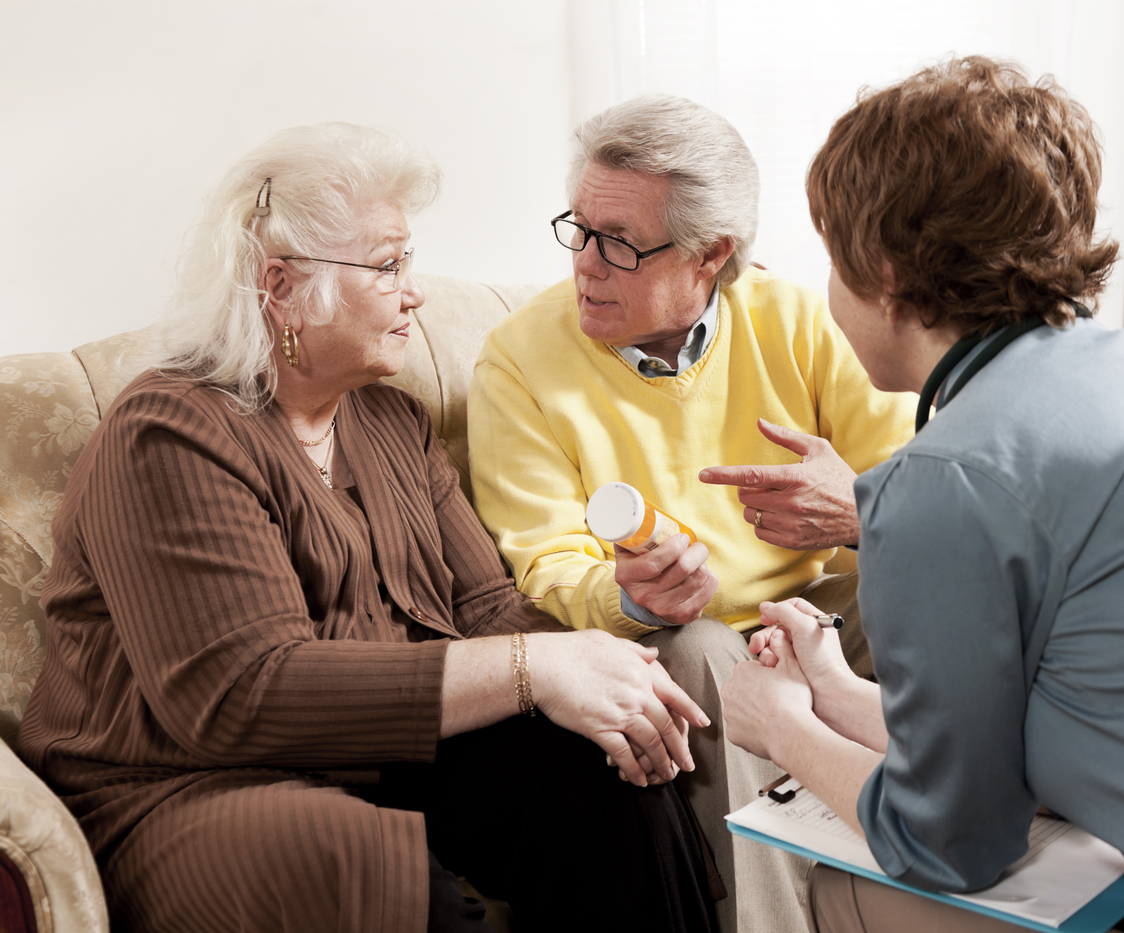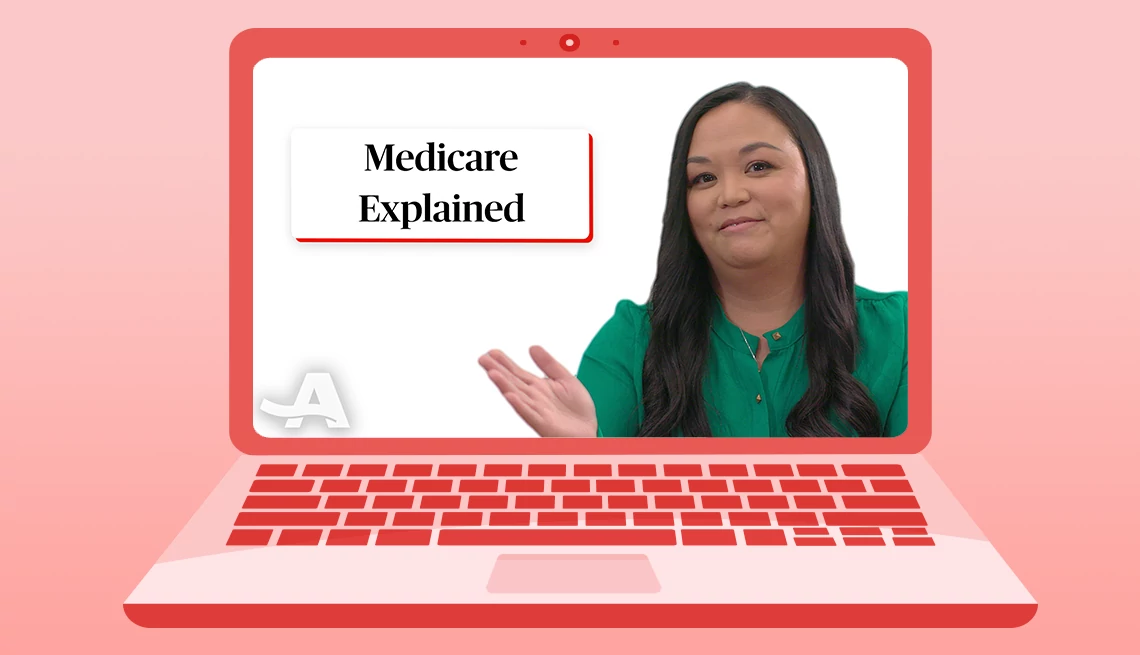AARP Eye Center
The CARE Act in Practice: How It’s Helping Hospitals Prepare and Support Family Caregivers
By Susan C. Reinhard, Senior Vice President and Director, AARP Public Policy Institute, August 29, 2017 10:10 AM

Traveling and meeting with stakeholders of all kinds, from subject matter experts to health care consumers, can be invaluable, with each trip offering unique insights. Particularly enlightening and informative has been a series of ongoing site visits my AARP Public Policy Institute colleagues and I have made to gather information on how health systems are implementing the Caregiver Advise, Record, Enable (CARE) Act. The legislation helps ensure family caregivers have what they need—such as training on managing complex medications regimes, wound care, and other medical/nursing tasks—when the care recipients transition home.
At this point, 39 states have passed versions of the CARE Act—a great accomplishment for a model piece of legislation in which AARP and the Public Policy Institute played a key role in developing a relatively short time ago. Thus, we’re still in the early stages of implementation, and that’s where the site visits come in. They are part of our National CARE Act Implementation Scan, which gives us qualitative information, largely through conversations with hospital staff and their health care consumers, on how the CARE Act is being implemented on the ground. The visits—we’ve done thirteen thus far—allow us to understand the processes that each hospital or health system has implemented so we can pinpoint, and in the near future share, promising practices. Meantime, I would like to share with you an example of a California-based hospital, foundation, and community organization joining forces to support family caregivers both in the hospital and at home in the community.
Beyond the Hospital
The CARE Act calls for hospitals to identify family caregivers in advance of care recipients leaving their facilities; now, with this key step in place, the evolution continues, with hospitals’ understanding of caregiver needs deepening all the more. One California hospital we visited, for example, is enabling a “soft handoff” of services by partnering with a local community organization to develop ongoing caregiver support programs. Already a trusted member of the rural community, the organization is able to build relationships with family caregivers outside of the hospital, serving as a point of continuity for needs that often arise after the hospital stay of someone they are caring for. Caregiver programs are held in a newly opened center right in the community, located in a converted house the organization was able to purchase with funding from a community foundation. Offerings include support groups, training sessions, and access to information and resources.
Spreading Promising Practices
From what we’ve observed on our visits thus far, I’m encouraged by the steps many hospitals and health systems are taking to tap the power of the CARE Act and its principles. Check back for more updates on the implementation of the CARE Act in future blog posts as my team and I continue to visit hospitals and health systems in the more than 30 additional states that have enacted the legislation.
Supporting family caregivers remains a top priority for all of us at AARP, and we look forward to assembling the promising practices we identify on our site visits. Plans are in the works for publications, geared toward C-level leadership, that will discuss these promising practices and accelerate the pace of states and their hospital systems learning from one another.
In fact, the pace of CARE Act adoption and implementation already has been nothing short of impressive. In a new AARP Public Policy Institute Spotlight publication I wrote with my colleague, Elaine Ryan of AARP’s State Advocacy and Strategic Integration team, we discuss the CARE Act’s progression and latest developments. That, no doubt, will be the topic of a future blog post.
Has your state implemented the CARE Act? If so, are you aware of any related practices hospital or health systems have implemented to support family caregivers?

















)


















.jpg?crop=true&anchor=13,195&q=80&color=ffffffff&u=lywnjt&w=2008&h=1154)


























